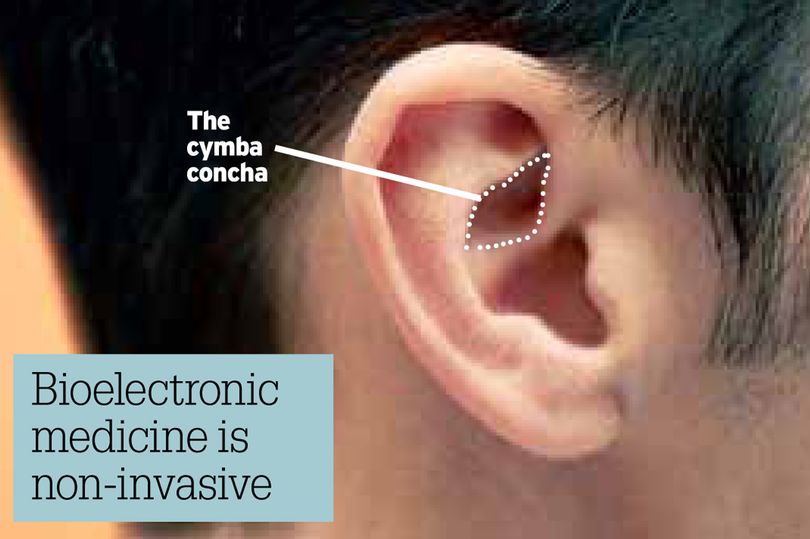There’s a field of science that’s based on knowledge of how the brain works – focusing on chemical targets within cells themselves, and uses bioengineering to tap into the brain to treat diseases and injuries without using drugs.
And it’s having promising results, so it’s worth a careful look.
Called bioelectronic medicine (yes, it’s a mouthful), US scientists have collaborated with researchers from the University of Amsterdam on pilot studies to see if a new kind of electrical stimulation will help arthritis patients.
Their studies show that stimulation of the external ear (the cymba concha) improves symptoms in patients with rheumatoid arthritis (RA).
This is a severe test of the technology as RA is a complex and serious, painful condition. One of the great advantages of this treatment is that it’s non-invasive.
RA, as the name implies, is a form of arthritis but it’s much more than that. It’s a chronic inflammatory disease, which affects the whole body including muscles, blood vessels and the blood.

It affects around 400,000 people in the UK and mainly because of the pain, swelling and stiffness of joints and its waxing and waning nature, it’s often difficult to treat.
A wide range of anti-inflammatory drugs and powerful biological disease-altering drugs are used but these medications can result in worrying side effects. Plus they may not work in all RA patients.
Professor Sangeeta Chavan, of the US Feinstein Institute, and her colleague Meghan Addorisio, had the idea to test the use of external nerve stimulation to see if it would reduce inflammation and lessen disease severity.
They did this in a pilot study on RA patients.
They found that bioelectronic treatment was effective in damping down the production of inflammatory hormones such as cytokines and proteins that create inflammation, so reducing the joint inflammation and swelling found in patients with rheumatoid arthritis.
Professor Chavan said: “Our primary objective was to observe if a non-invasive treatment using an external device will be effective in improving disease severity of rheumatoid arthritis.
“We are pleased to observe that this novel bioelectronic treatment significantly reduces swelling and inflammation associated with RA.”
Kevin Tracey, head of the Feinstein Institute and co-author of the report, added: “This clinical research suggests that non-invasive stimulation could suppress inflammation in rheumatoid arthritis patients.”
Let’s hope this therapy is proven to work in larger numbers of patients.

